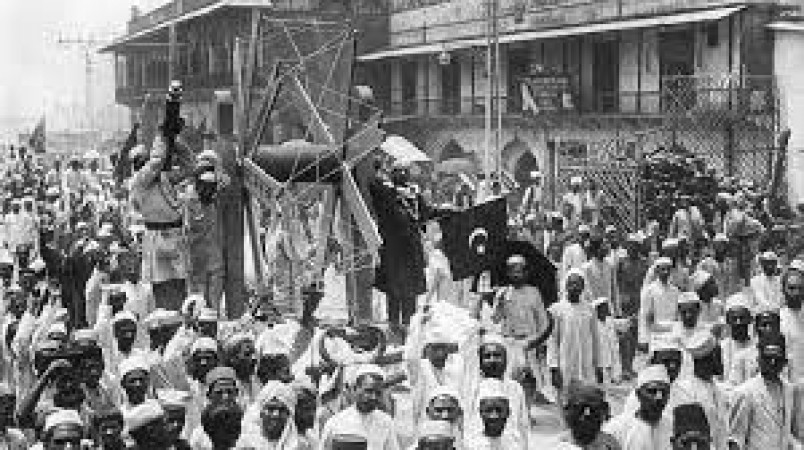
The Swadeshi Movement holds a significant place in the history of India's struggle for independence. It emerged as a powerful movement during the early 20th century and played a pivotal role in shaping India's nationalist sentiments. This article delves into the origins, impact, and legacy of the Swadeshi Movement, highlighting its historical significance and relevance even in contemporary times.
Origins of the Swadeshi Movement: The Swadeshi Movement originated as a response to the economic and political domination of India by the British Raj. It gained momentum during the partition of Bengal in 1905, when the British government divided Bengal along religious lines, sparking widespread protests and discontent among Indians.
Goals and Objectives: The Swadeshi Movement aimed to promote economic self-sufficiency and challenge British economic policies that exploited Indian resources. It sought to foster a spirit of nationalism by encouraging Indians to support local industries and products instead of relying on British imports.
Boycott of British Goods: A key aspect of the Swadeshi Movement was the boycott of British goods. Indians were encouraged to refrain from purchasing British-manufactured products and instead use locally made goods. This boycott aimed to weaken the economic power of the British and demonstrate Indian solidarity.
Promotion of Indigenous Industries: The movement also focused on reviving and promoting indigenous industries. Various organizations and individuals actively supported the establishment of local businesses and industries, particularly in textiles and handicrafts. This led to the emergence of new enterprises and increased employment opportunities for Indians.
Role of Mass Movements: The Swadeshi Movement was driven by mass participation and civil disobedience. People from all walks of life, including students, professionals, and political leaders, actively participated in protests, public meetings, and rallies. These collective efforts brought the issue of Indian economic exploitation to the forefront of public consciousness.
Impact on National Consciousness: The Swadeshi Movement had a profound impact on the national consciousness of Indians. It instilled a sense of pride, unity, and patriotism among the masses. The movement created a collective identity and awakened a spirit of self-reliance, encouraging Indians to strive for independence from British rule.
Repression and Resistance: The British government responded to the Swadeshi Movement with repression and violence. They arrested many prominent leaders and resorted to brutal measures to suppress the movement. However, Indians displayed remarkable resilience and continued their resistance against British policies, fueling further determination to fight for their rights.
Legacy of the Swadeshi Movement: The Swadeshi Movement left an indelible mark on India's freedom struggle. It paved the way for future movements and inspired generations of Indians to fight for independence. The ideas of self-sufficiency, economic empowerment, and national pride championed by the movement continue to resonate in modern-day India.
Current Relevance: Although the Swadeshi Movement took place over a century ago, its principles and ideals remain relevant today. The movement's emphasis on self-sufficiency, supporting local industries, and preserving indigenous culture finds resonance in the current "Make in India" initiative. It serves as a reminder of the importance of economic independence and the need to protect and promote domestic industries.
Conclusion: The Swadeshi Movement played a crucial role in India's struggle for independence and left a lasting impact on the country's history. It symbolizes the spirit of resistance, unity, and self-reliance that characterized the fight against colonial rule. The movement's legacy continues to inspire and guide India's path towards progress and national development.
Climate-Driven Shift: Coal and AC Industries Feel the Heat of Changing Consumer Tides